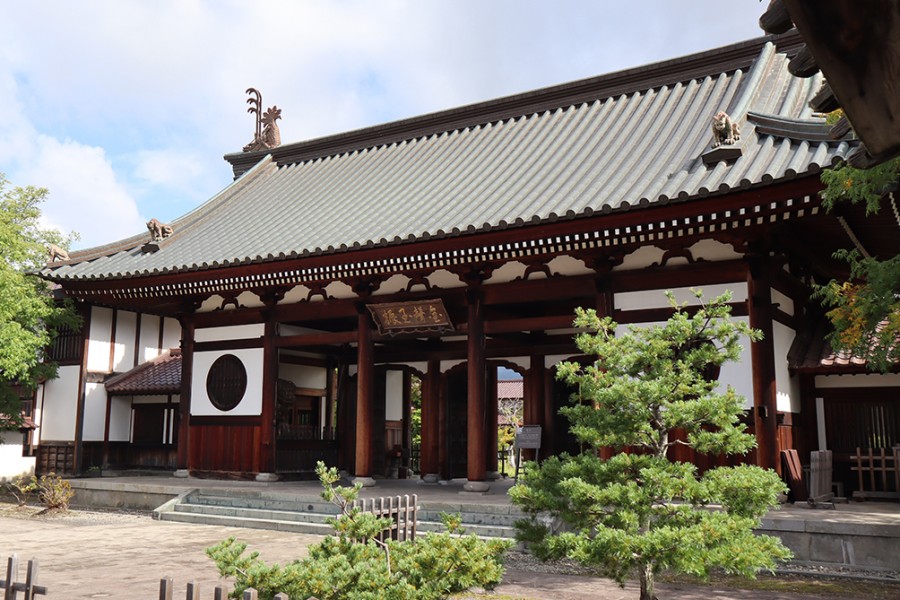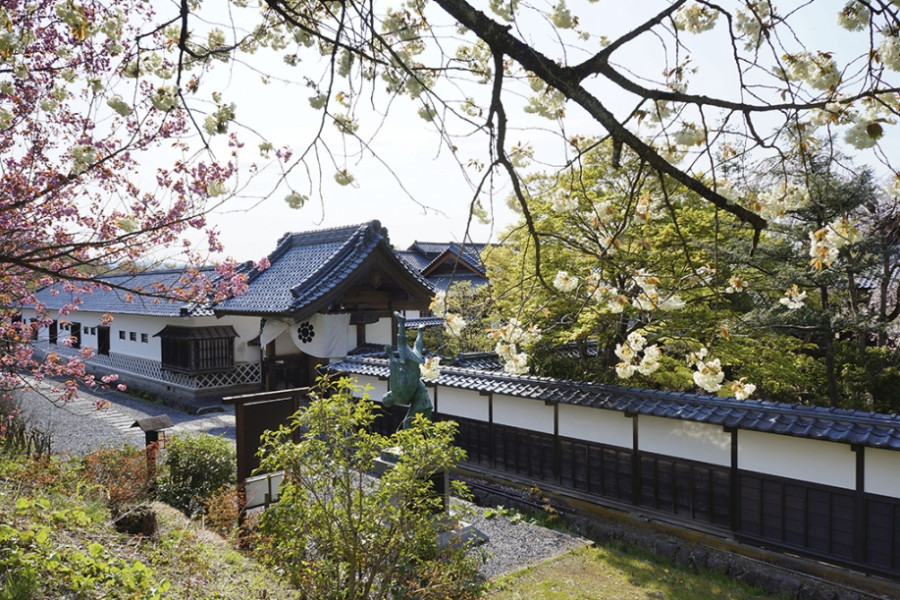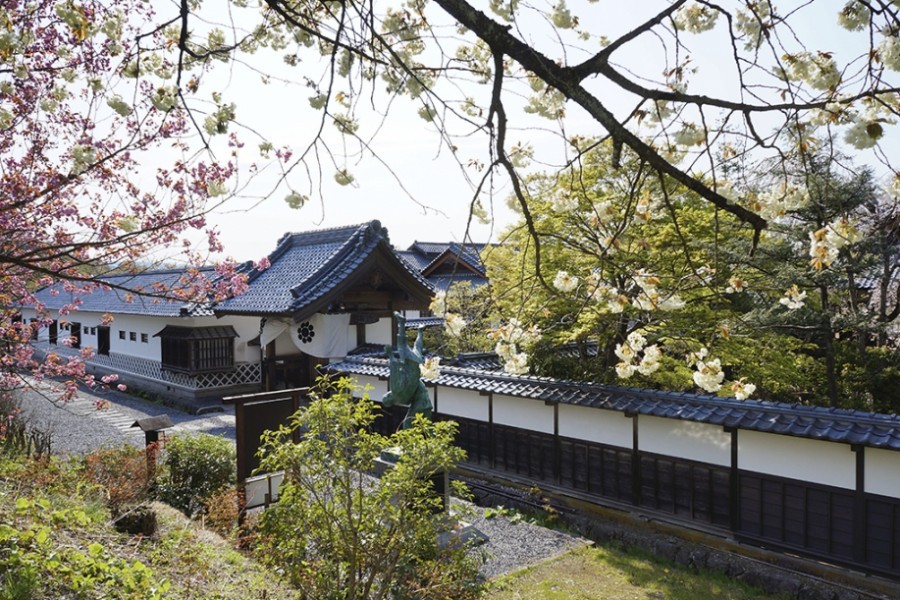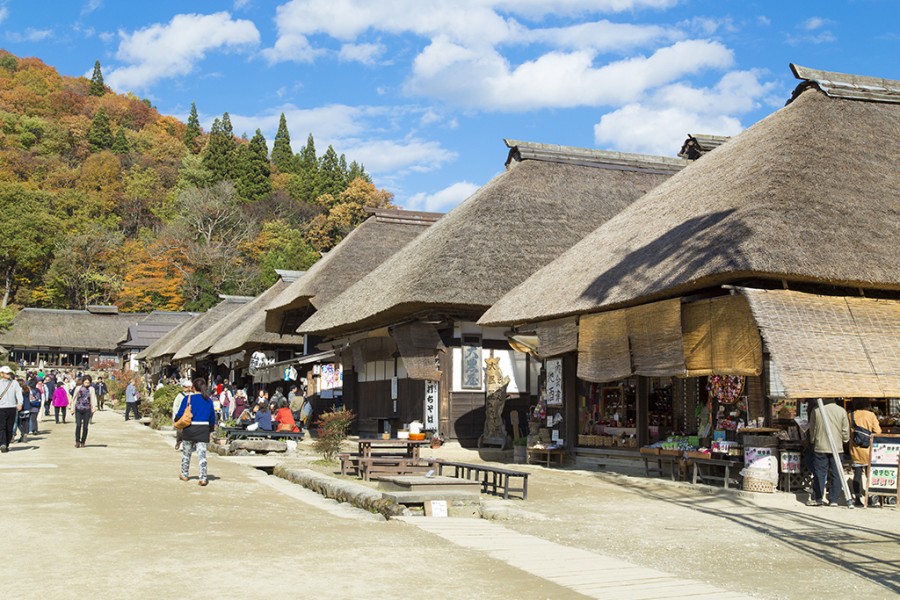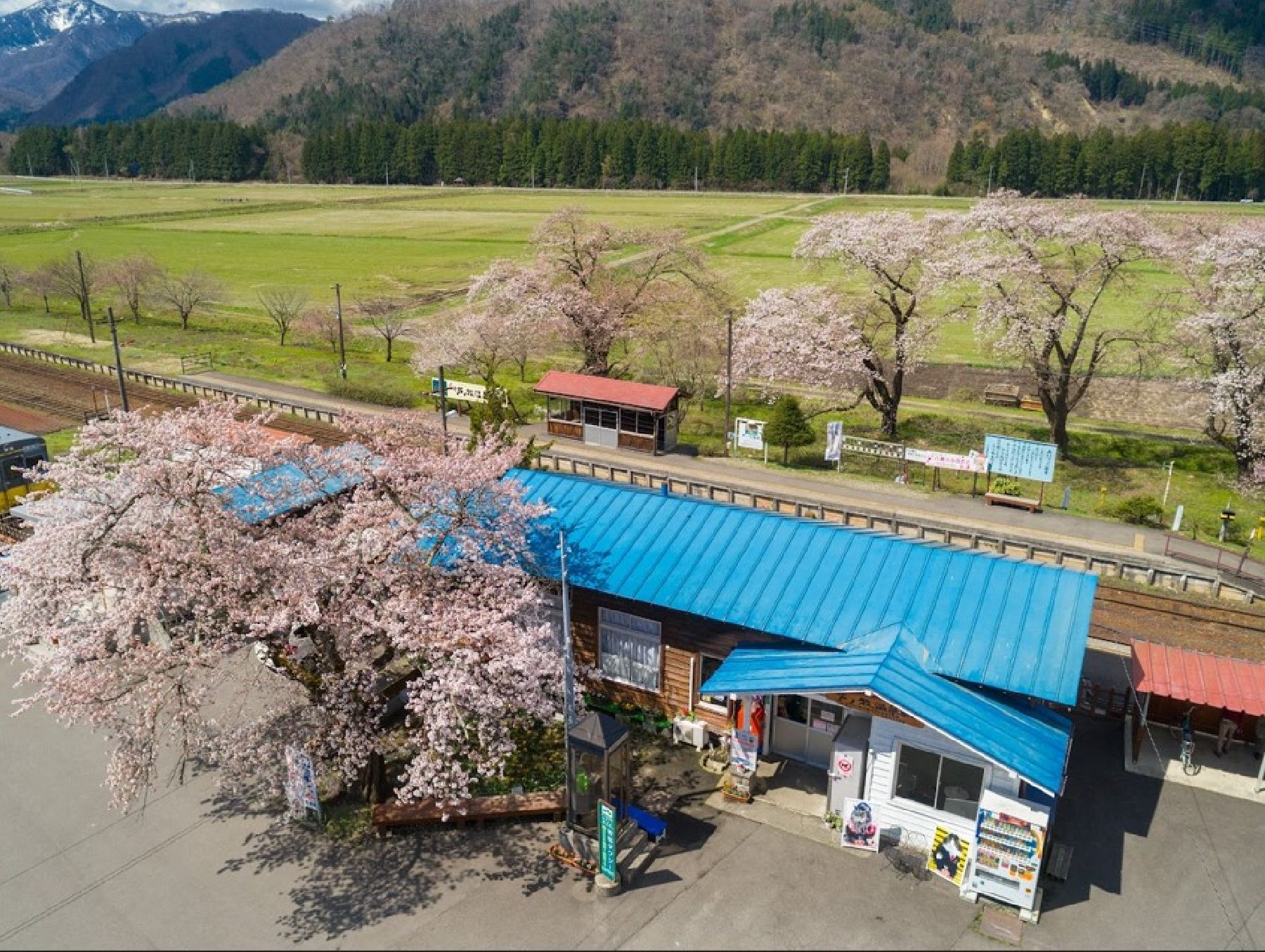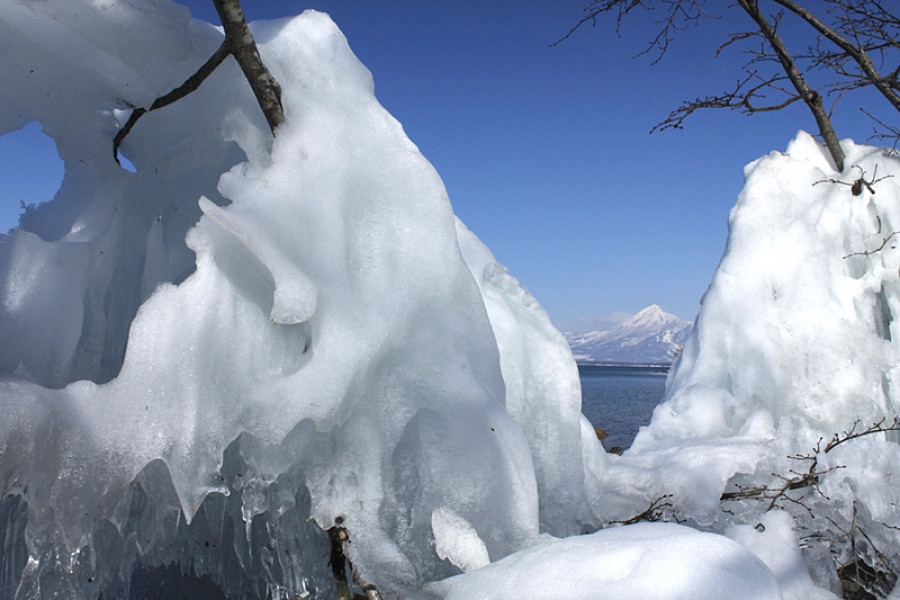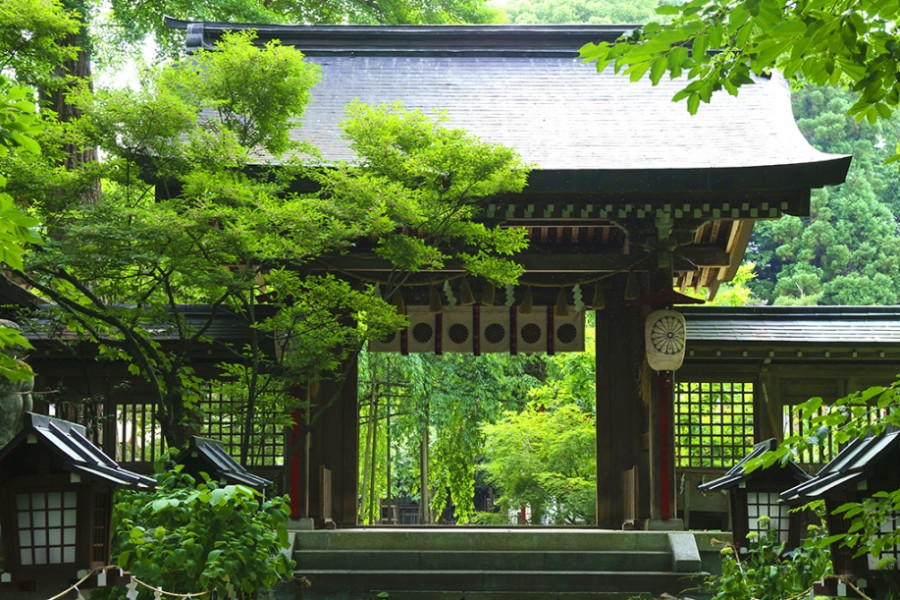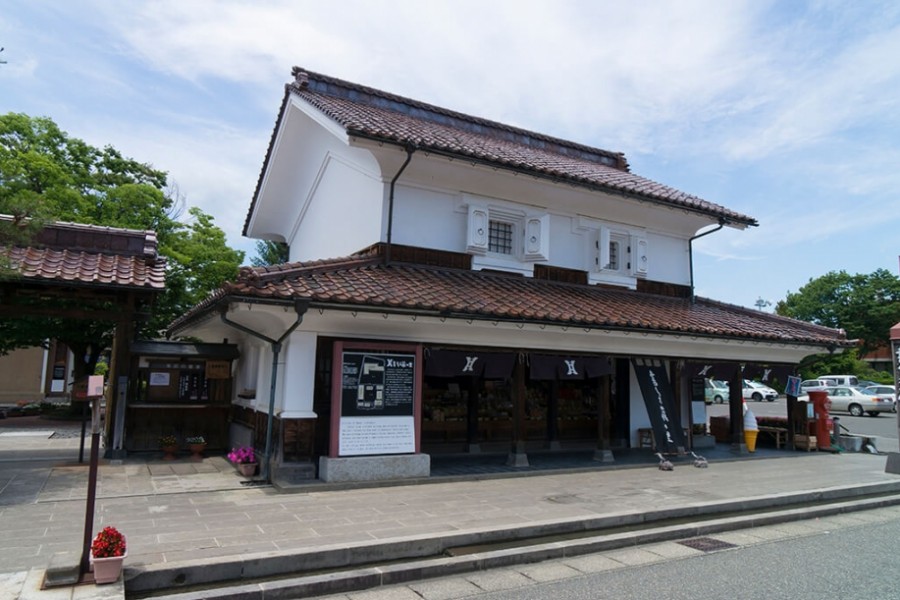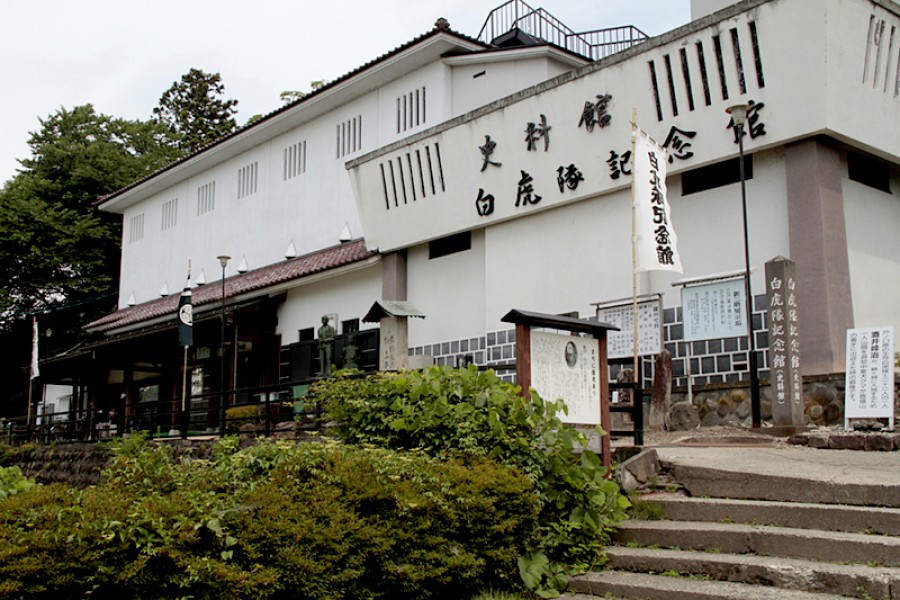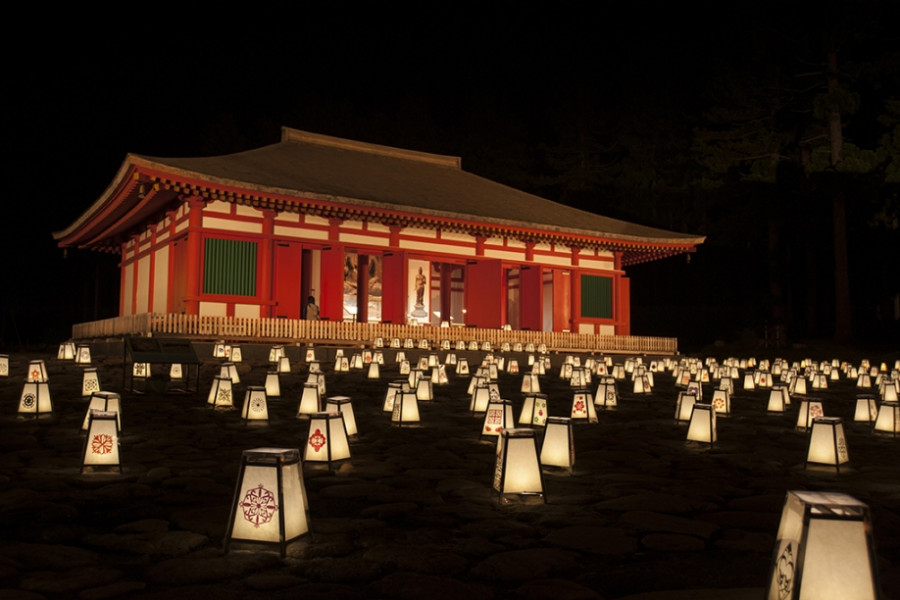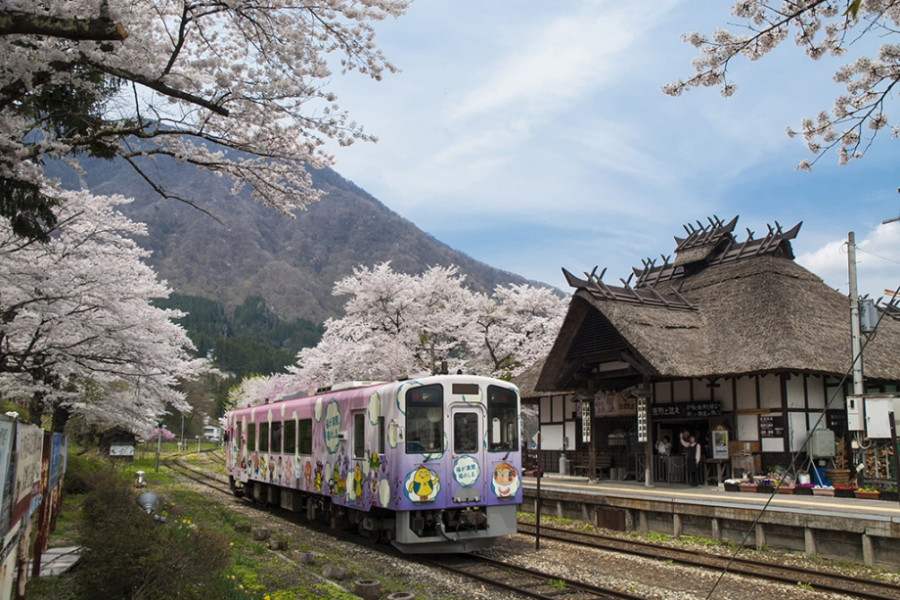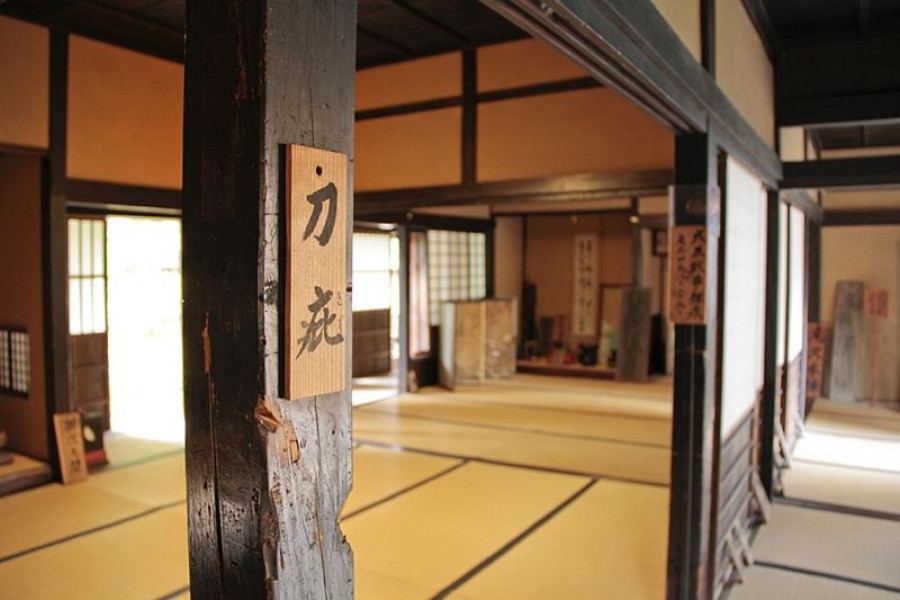Samurai Spirit Experience
Discover the spirit of the Japanese samurai on this one-day tour of warrior history in the beautiful Aizu region of Fukushima. Feel the past come to life all around you as you experience the places where samurai once walked. This tour can be enjoyed any time of the year. Leave from Aizu-Wakamatsu Station and journey to Tsurugajo Castle, the only castle in Japan with its signature red roof tiles. Stroll through the outer grounds before heading inside the keep, complete with a picture from the observation platform at the top. After you’ve finished at the castle, make your way to Aizu Hanko Nisshinkan, once a high-grade academy for young samurai. This is where the fledgling warriors received training and education, not only in combat but in philosophical and artistic pursuits. Afterwards, move on to Aizu Bukeyashiki, the 28-room sprawling estate that once belonged to a samurai family of the region. The well-preserved estate showcases everyday samurai life as well as some stunning artifacts and gardens. As you walk the halls of the old quarters, you'll be able to imagine what life was like for a powerful and influential samurai of the period. Still looking for samurai experiences? Try a samurai class at the dojo of Ookawaso ryokan.
